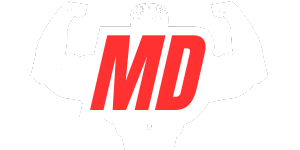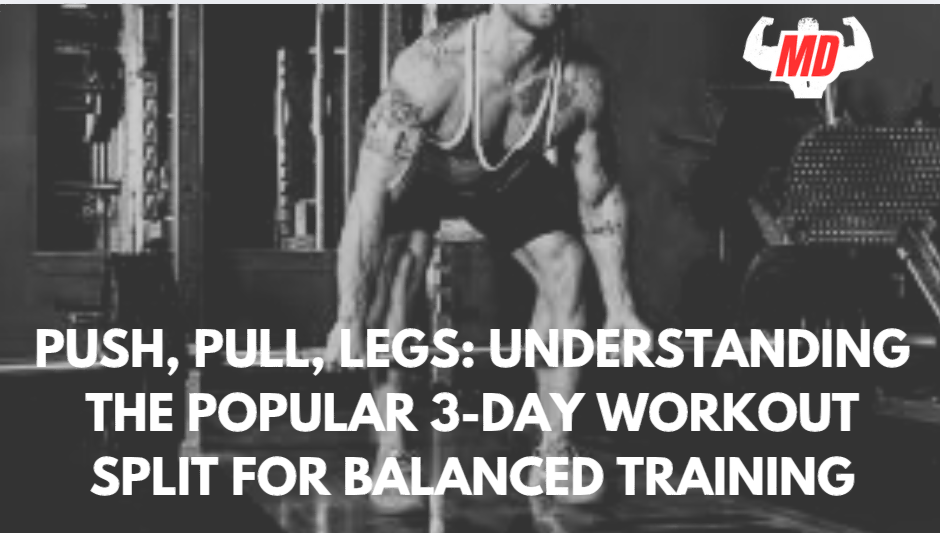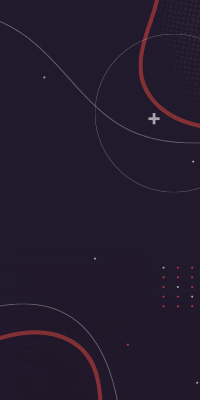The push, pull, legs (PPL) workout split has become one of the most popular training routines in the fitness world. This simple yet effective 3-day split organizes workouts into push movements (e.g., chest, shoulders, triceps), pull movements (e.g., back, biceps), and legs (e.g., quads, hamstrings, calves).
Leg workouts focus on large muscle groups, including the quadriceps, hamstrings, glutes, calves, and adductors. Training these muscles is essential for building strength, improving athletic performance, and maintaining functional movement in everyday life.
Balanced leg training ensures that opposing muscle groups, like the quads and hamstrings, develop evenly, reducing the risk of muscle imbalances that can lead to injury.
A well-rounded leg workout includes a mix of compound and isolation exercises. Variability in exercise selection, such as incorporating different angles and equipment, ensures comprehensive muscle engagement.
Key Exercises for Leg Development
Compound and Isolation Exercises
Compound exercises like squats, deadlifts, and lunges are the cornerstone of leg development. These movements engage multiple muscle groups simultaneously, enhancing strength and functional fitness.
Isolation exercises like leg curls, leg extensions, and calf raises focus on specific muscles. These help fine-tune muscle definition and address weaknesses that compound exercises might overlook.
Equipment and Techniques
Using a variety of equipment can maximize training effectiveness. Barbells and dumbbells allow for heavy lifting, while kettlebells and resistance bands add versatility and dynamic movement.
Incorporating techniques like plyometrics (e.g., jump squats) boosts power and explosiveness. Foam rolling and dynamic stretches are excellent for warm-ups and ensuring mobility during leg training.
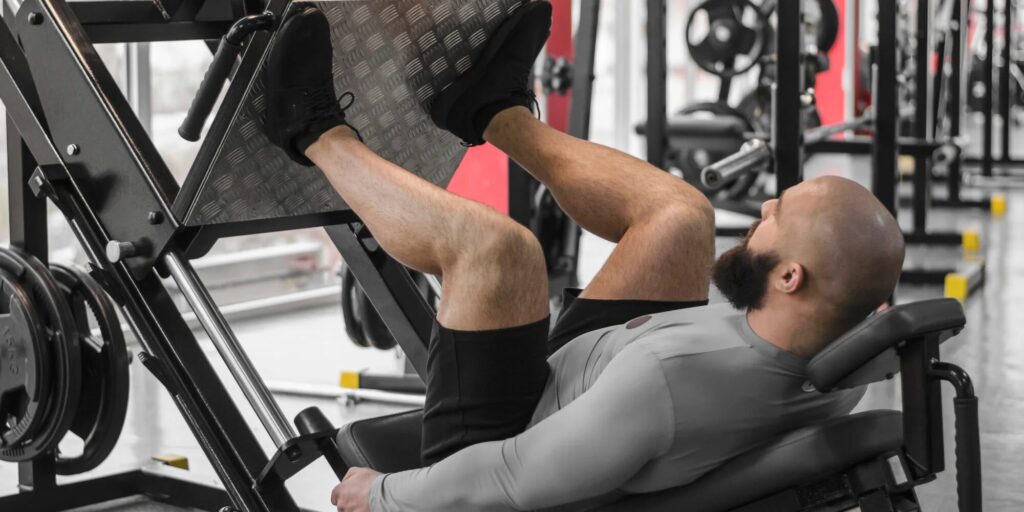
Designing an Effective Legs Workout Split
Aim for 8–12 repetitions per set for hypertrophy, while strength-focused workouts can involve 4–6 reps with heavier weights. Perform 3–5 sets per exercise, depending on your fitness goals.
Progressive overload is essential. Gradually increase weight, repetitions, or intensity over time to challenge your muscles and stimulate growth. Controlling tempo, such as lowering weights slowly, can also amplify results.
Dynamic stretching, like leg swings and lunges, prepares muscles for heavy lifting. After your workout, static stretches and foam rolling improve flexibility and reduce soreness.
Integrating the Push, Pull, Legs Split
A. Balancing Push and Pull Workouts
Push and pull workouts are integral to the 3-day split. Push days focus on the chest, shoulders, and triceps, while pull days target the back and biceps. Together with leg day, these workouts create a full-body training routine that ensures equally developed muscle groups.
This balance is crucial for improving posture, enhancing strength symmetry, and preventing overtraining of specific areas. Leg workouts complement push and pull days by adding functional power and endurance.
A 3-day PPL routine (one workout per day) works well for beginners. Intermediate and advanced lifters can adapt to a 6-day routine by repeating the split twice weekly.
Benefits of the Push, Pull, Legs Split
Advantages for Muscle Growth and Strength
The PPL split provides a comprehensive approach to muscle development by targeting every major group with equal intensity. Its structure prevents overtraining, making it ideal for building strength and size.
Each workout session is efficient, focusing on specific movements for optimal results. Targeted muscle engagement ensures maximum hypertrophy and strength gains over time.
Flexibility and Customization
One of the greatest advantages of the PPL split is its adaptability. Exercises, intensity, and rest periods can be tailored to fit individual goals, whether you aim for fat loss, muscle building, or overall fitness.
Beginners can start with basic movements, while advanced lifters can incorporate advanced techniques. This flexibility ensures the PPL split remains effective for all fitness levels.
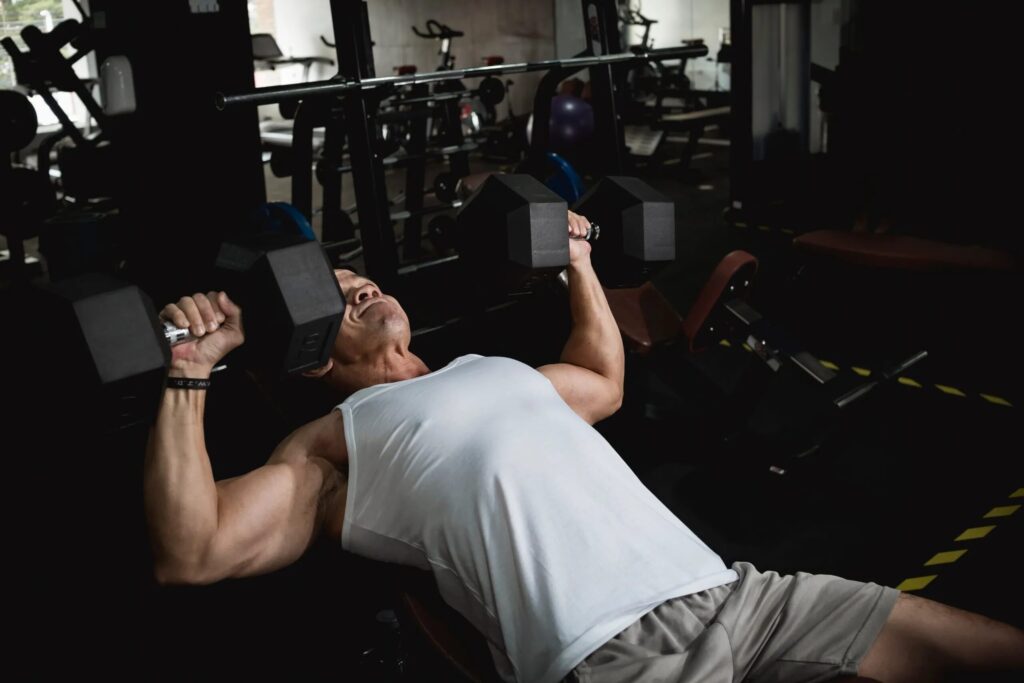
Frequently Asked Questions
What is the push, pull, legs workout split?
It’s a training routine that divides workouts into three categories: push (chest, shoulders, triceps), pull (back, biceps), and legs (quads, hamstrings, calves).
How often should I train using the PPL split?
Beginners can follow a 3-day routine (one workout per day), while advanced lifters may opt for a 6-day routine (repeating the split twice weekly).
Can I modify the PPL split to fit my schedule?
Yes! The PPL split is highly flexible, allowing you to adjust workout frequency, exercises, and intensity based on your goals and availability.
